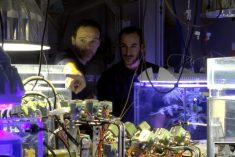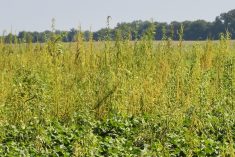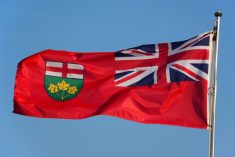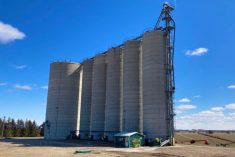Proposed new controls on the use and sale of corn and soybean seed treated with neonicotinoid pesticides in Ontario are up for public comment between now and early May.
The provincial government made its move Monday — three days ahead of a scheduled meeting between Agriculture Minister Jeff Leal and Grain Farmers of Ontario chairman Mark Brock, at which the GFO, representing corn, soy and wheat growers, expected to discuss the group’s own proposals for neonic use and protecting pollinators such as bees.
Read Also
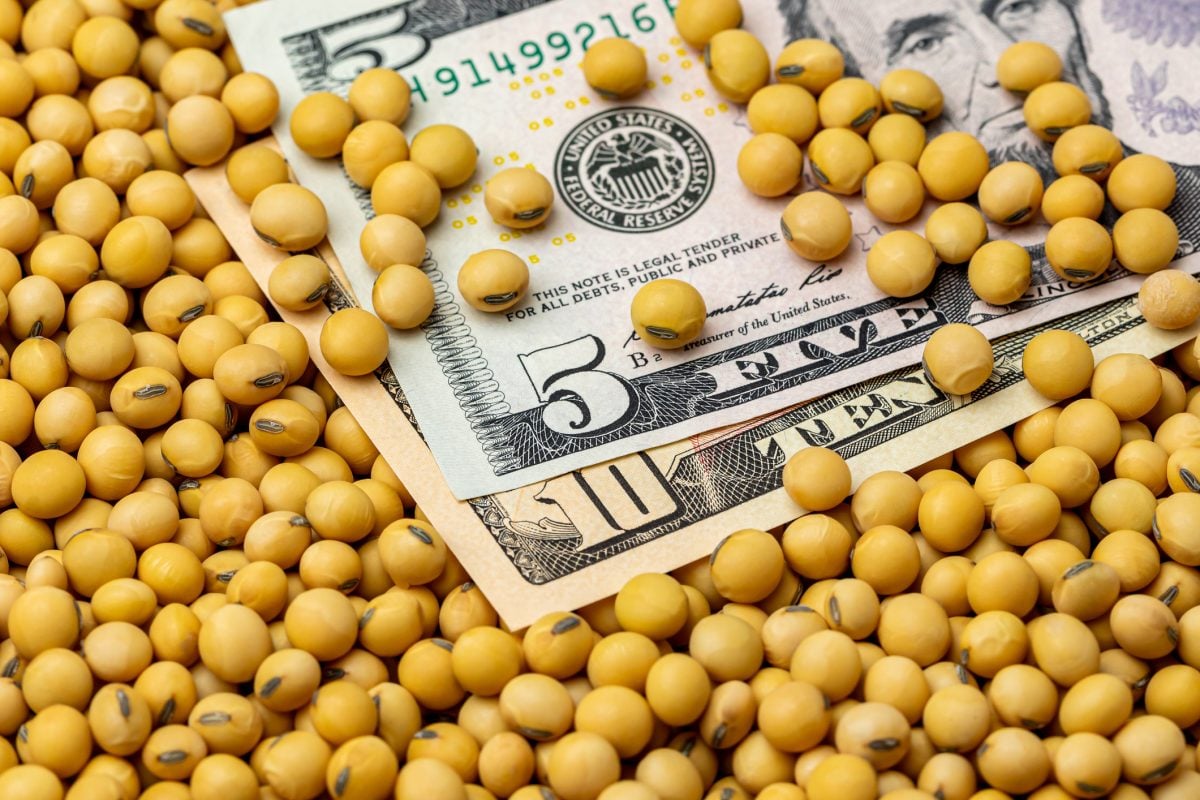
U.S. grains: Soybeans set 15-month high on U.S.-China trade deal hopes
Chicago soybean futures reached their highest in 15 months on Tuesday, briefly topping $11 a bushel on optimism that the U.S. could reach a trade deal with China as leaders from both countries are expected to meet in South Korea on Thursday.
The province’s draft regulation, which follows a series of consultations over the winter, is available for public comment on the environmental registry until May 7 and, if approved as written, would take effect July 1.
The regulations would see neonic-treated corn and soybean seeds — which today aren’t regulated under the provincial Pesticides Act — moved into a new pesticide class, Class 12, covering seeds treated with imidacloprid, thiamethoxam or clothianidin.
The regulation would also require training on integrated pest management (IPM) methods for any farmer or anyone else supervising planting of neonic-treated corn or soybeans.
Assessments, licensing
An IPM course, in both classroom and online formats, is expected to be available this fall and throughout the winter into next spring, the province said. A farmer who successfully completes the course would get a certification number, valid for five years.
The course is meant to “promote the use of different methods to prevent and reduce the risk of pests and encourage beneficial insects,” and would also cover identification of pests, pest scouting methods and “alternative methods” to pesticides.
For the 2016 growing season the regulation proposes a “voluntary approach” allowing the purchase and use of neonic-treated seed on up to 50 per cent of acres planted to corn or soybeans, if a written declaration is made.
A “pest assessment” — identifying pest problems above pre-determinded thresholds — would need to be completed for planting neonic-treated seed beyond that level. Farmers would be able to perform a soil pest assessment in 2015 ahead of the 2016 growing season.
Past the 2016 season, a farmer wanting to order neonicotinoid-treated seeds would need IPM training and a pest assessment, to be done by an independent professional pest advisor, showing a pest infestation. Assessments would have to be submitted to the Agriculture Ministry.
On the sales side, the regulation calls for the 20 seed companies now selling neonic-treated seed in Ontario to obtain a new “treated seed vendors licence,” and would allow sales only to people with IPM training or to other licensed treated-seed vendors.
Licensed vendors would be required to notify purchasers if the seed they’re buying is neonic-treated seed, to make sure untreated seed is available for purchase, and to report sales of both neonic-treated and untreated seeds to the provincial Environment Ministry.
“Balanced and practical”
The province said its regulations are expected to help protect pollinators, ensure a “productive agricultural sector,” and serve as a step toward a “pollinator health action plan” focused on “key stressors” such as pesticides; loss of habitat and nutrition; climate change and weather; and diseases, pests and genetics.
Leal, in the province’s release Monday, said the move marks “the next phase of our comprehensive pollinator health strategy, based on the advice of agricultural leaders.”
The regulation, he said, is “a balanced and practical way forward that would ensure farmers have access to treated seeds when needed.” Neither the GFO nor the Ontario Beekeepers Association have yet publicly responded to Monday’s announcement.
The province said it now sees “widespread use of neonicotinoid-coated seeds, in some cases, without evidence of pest problems” noting over 99 per cent of corn seed and 60 per cent of soybean seed sold in the province is treated with neonics.
The province has said its target to reduce the number of acres planted with neonicotinoid-treated corn and soybean seed by 80 per cent by 2017.
In the winter of 2013-14, the province said, bee deaths in Ontario reached 58 per cent, well above beekeepers’ “generally accepted” level of 15 per cent.
Pollinators, the province added, are responsible for pollinating about 13 per cent of Ontario’s farm crops and support $26 million per year in honey production.
During the province’s last round of consultations, “we heard overwhelmingly that the people of Ontario support immediate action to protect our food sources and the environment from the effects of neurotoxic neonicotinoids,” Environment Minister Glen Murray said in the same release.
The regulation, he said, “will contribute to reducing a major stressor on pollinators and other vulnerable species.” — AGCanada.com Network



